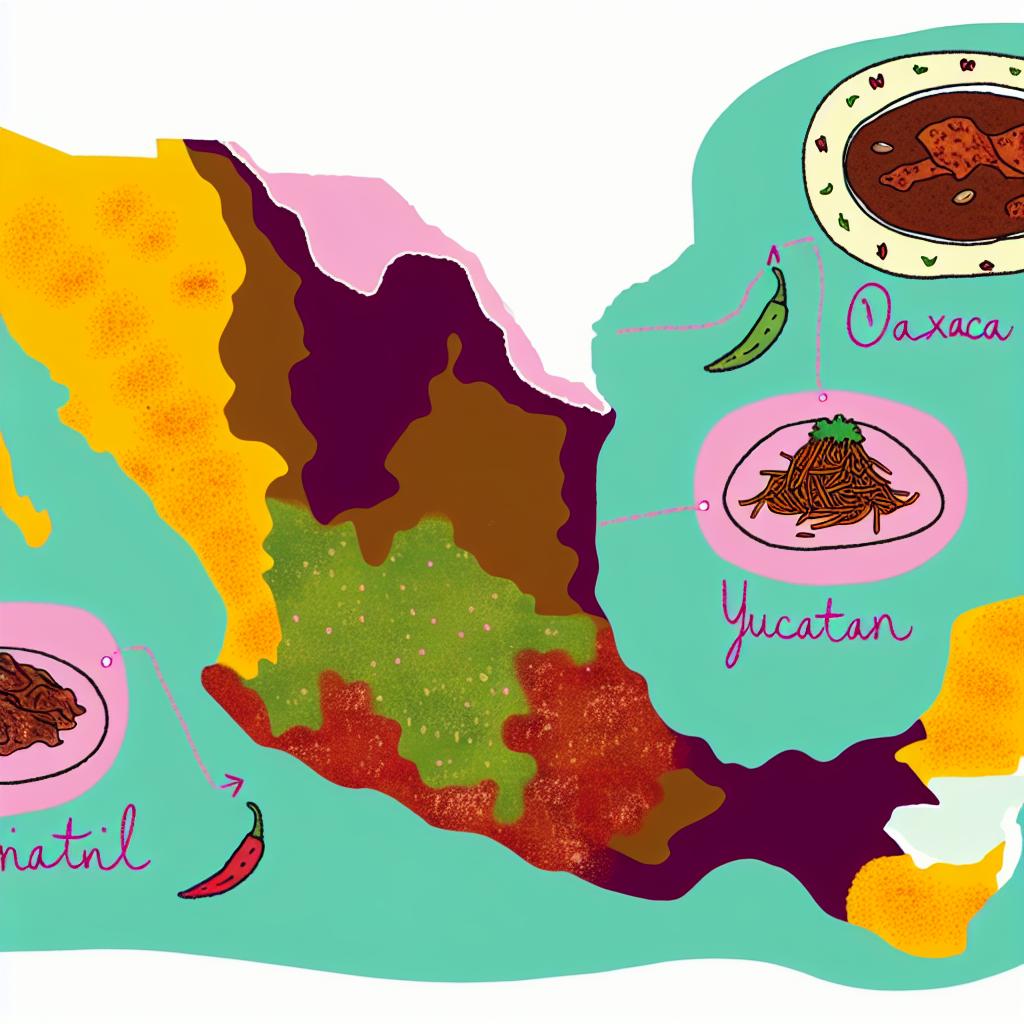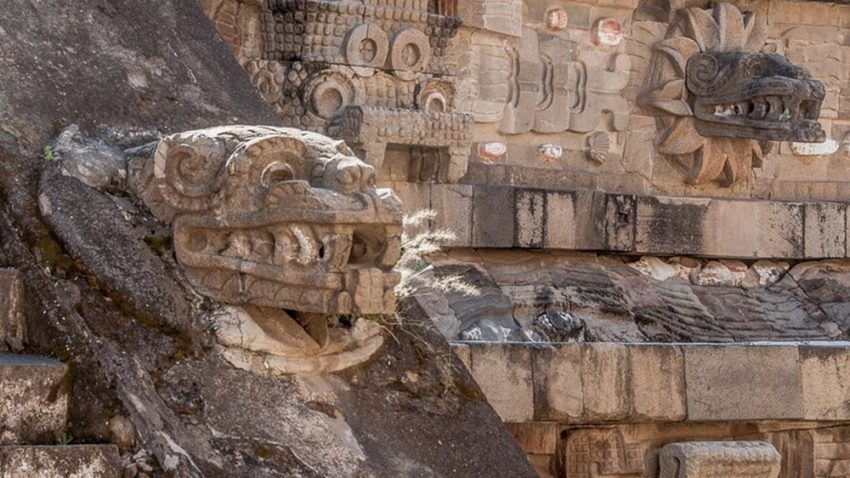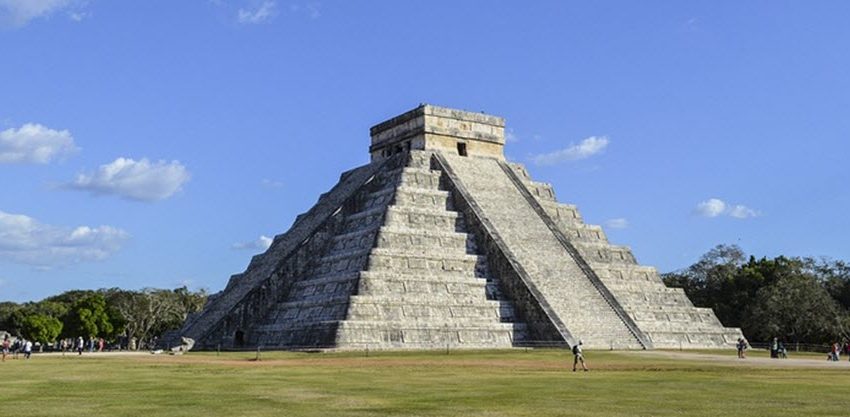Introduction to Mexican Regional Cuisines
Mexico is a country renowned for its rich and diverse culinary traditions, characterized by a variety of regional dishes that reflect the country’s extensive history, cultural amalgamation, and the bounty of local ingredients. Each region of Mexico is distinct, offering unique flavors and cooking techniques that have been passed down through generations, providing a tapestry of tastes that define Mexican cuisine.
Northern Mexico
The culinary landscape of Northern Mexico is heavily influenced by its proximity to the United States and its rich history of cattle ranching. This results in a cuisine that is predominantly meat-centric. A quintessential dish from this region is Carne Asada, a flavorful grilled beef dish. Before grilling, the beef is often marinated in a mixture of lime juice, garlic, and a blend of spices, which infuses the meat with a robust flavor. Traditionally, Carne Asada is served alongside flour tortillas, salsa, and beans, creating a hearty meal enjoyed by many.
In addition to Carne Asada, Northern Mexico is also famous for Cabrito, which features whole roasted young goat. This delicacy is particularly associated with the state of Nuevo León. The preparation involves cooking the goat on a spit over an open flame, imparting a smoky flavor to the tender meat.
Central Mexico
Central Mexico, particularly around Mexico City, is a culinary melting pot, blending traditional flavors from across the country. This region showcases a variety of unique dishes such as Pambazos. A popular street food, Pambazos are composed of a distinctive bread that is dipped in a guajillo pepper sauce, filled with a savory combination of potatoes and chorizo, and then fried to perfection.
Another classic dish from this region is the illustrious Chiles en Nogada, originating from the historic city of Puebla. This dish is celebrated for its patriotic colors, symbolizing the Mexican flag with its combination of green stuffed poblano peppers, a creamy white walnut sauce, and vibrant red pomegranate seeds.
Veracruz
The cuisine of Veracruz is a delightful blend of flavors influenced by Spanish, Caribbean, and indigenous culinary traditions, thanks to its location along the Gulf of Mexico. One notable dish from this region is Huachinango a la Veracruzana. This dish features red snapper seasoned with capers, olives, tomatoes, garlic, and a variety of herbs and spices that come together to create a flavorful ensemble.
Veracruz’s coastal location also means an abundance of seafood, exemplified by dishes such as Tacos de Jaiba or crab tacos. These tacos are filled with the fresh catch of the day and paired with vibrant salsas that enhance the natural flavor of the seafood.
Yucatán Peninsula
The Yucatán Peninsula is celebrated for its distinctive foods, which are deeply rooted in Mayan culture and infused with Caribbean influences. A signature dish from the Yucatán is Cochinita Pibil. This dish involves marinating pork in a zesty combination of citrus juices and annatto seed paste, known locally as recado rojo, before slow-roasting it, traditionally in banana leaves. This method of preparation yields a dish that is both tender and richly flavored.
Also popular in the Yucatán are Panuchos, which are a speciality of the region. These are handmade tortillas that are filled with refried beans, then topped with a choice of turkey or chicken, pickled red onions, and avocado, offering a burst of flavors in every bite.
Oaxaca
Oaxaca, often referred to as the culinary heart of Mexico, presents a wide variety of traditional foods that are cherished nationwide. The famous mole sauces originate here, with Mole Negro being one of the most iconic. This sauce is a complex blend of ingredients including chocolate, chili peppers, nuts, and a myriad of spices, creating a deeply flavorful sauce that is both sweet and savory.
Another traditional dish from Oaxaca is Tlayudas, sometimes referred to as Mexican pizza. These are large, thin tortillas that are toasted on a griddle, then topped with a combination of refried beans, various meats such as chorizo or carne asada, avocado, and a generous amount of Oaxacan cheese.
Conclusion
Delving into the diverse regional specialties of Mexico provides food enthusiasts with a profound understanding of the country’s rich culinary heritage and cultural diversity. From the hearty, meat-centric dishes of the north to the vibrant and intricate preparations of the south, Mexican cuisine offers a wide spectrum of tastes that embody the nation’s storied history and the multifaceted nature of its communities. However, this brief overview only scratches the surface of what Mexican cuisine has to offer. To uncover more about this fascinating culinary world, it is encouraged to explore further through various resources and experiences, deepening one’s appreciation for the depth and breadth of Mexican culinary arts. For a more comprehensive insight, you can explore additional resources by following this link.







